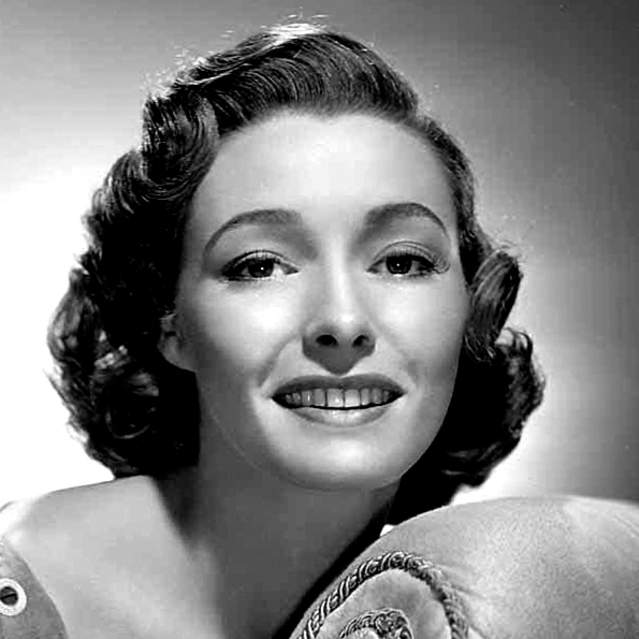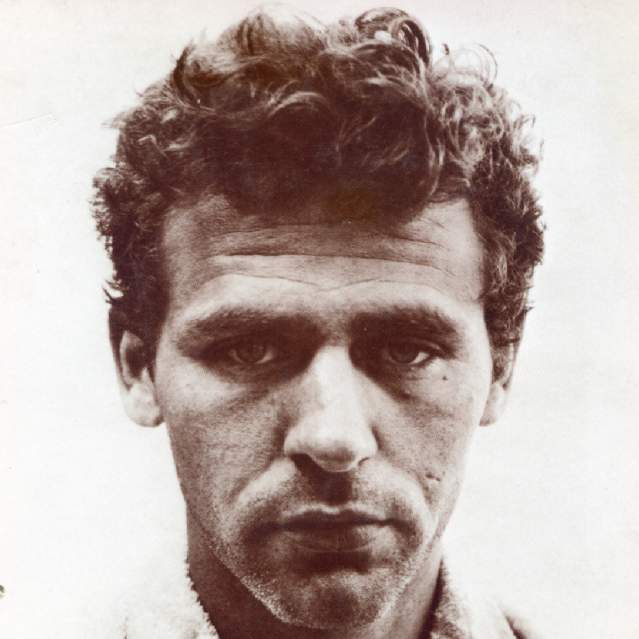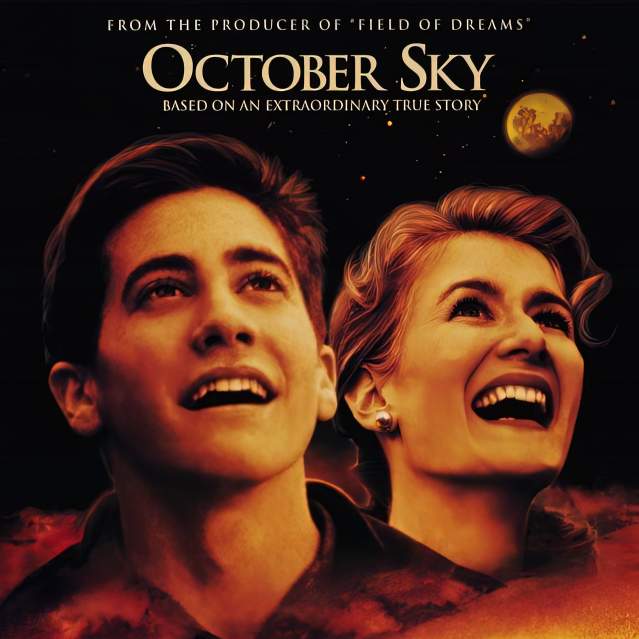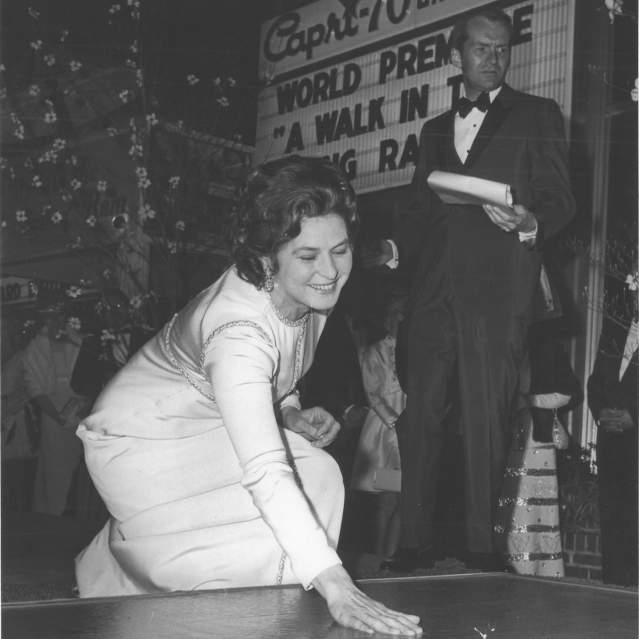On Gay Street there’s a cineplex and a historic movie theater, and just across the street, at the Museum of East Tennessee History, is a comprehensive exhibit about the history of film here. It’s called “Lights! Cameras! East Tennessee!” and it’s pretty fascinating.
Movies, still a favorite form of entertainment in the 21st century, has roots in the 19th century, and Knoxville was there for much of it, enjoying and - more often than we may realize - often creating it.
Knoxville was reportedly an early adapter in terms of enjoying movies. Just months after the first public showing of a film in New York, there was a May 1896 exhibition of film by a G.R. Miller at Knoxville’s Miller-Edison Phonograph Parlor. According to the museum’s researchers, it was probably the first public showing of a movie in the entire South. And it happened at 313 S. Gay Street (on the same block where the Visit Knoxville Visitors Center is!).
It was still a few years before our first movie theater, but some of the earliest movies ever made were projected before enthralled outdoor crowds on hanging sheets outside at old Turner Park, on the north side of town, in the 1890s, not long after that downtown exhibition. In those days, they were short films without much plot, usually just showing a bit of action like a boxing match or a locomotive in motion.
The History Center’s presentation which is up until June, is a busy exhibit with lots going on, with plenty of sound and moving images, highlighting the complexities of filmmaking and film showing over the last 130 years, including the fact the racial separation that divided the moviegoing audience in Knoxville for more than 50 years, and the legacy of the now-lost Gem Theatre, which catered to Black audiences.
A few years after Helen Mundy’s time at Knoxville High came another talented student named Patricia Neal. Daughter of a coal executive, she practiced on her family’s front porch in East Knoxville, and cut her teeth on acting in various troupes here in the 1930s before going on to Hollywood to star in major films like The Fountainhead, The Day the Earth Stood Still, Hud, and The Subject Was Roses, winning a few Oscars along the way.
Knoxville has produced a wide array of Hollywood talent, including actors John Cullum, Polly Bergen, Collin Wilcox, Dale Dickey, David Keith, Cylk Cozart, and of course Johnny Knoxville. But one of the city’s most influential figures in Hollywood was a writer, not an actor—though in fact he did appear in a few minor films. His name was James Agee. Fascinated with film from his childhood, when he watched silent Chaplin comedies at some of Knoxville’s earliest theaters with his father, he became a journalist and began writing about films in the early 1940s, for national magazines Time and the Nation, becoming one of the nation’s most-read film critics of that dynamic era. He gained the respect of some major directors, especially John Huston, who enlisted Agee to write the screenplay for the Bogart-Hepburn classic, The African Queen, which was nominated for an Oscar. All remarkable for a fellow who died at age 45. Since his death, Agee’s film criticism and screenplays have been the subject of several books.
And Knoxville has witnessed a few big-screen productions. One based on A Death in the Family, Agee’s novel about his own childhood, is called All the Way Home. It starred Robert Preston, then at the height of his fame as The Music Man, as the doomed father. In the movie, a few scenes from historic neighborhood Fort Sanders are recognizable. A curious historical art film called The Fool Killer starred Tony Perkins, not long after his fame in Psycho; it was shot in the countryside east of town, as Perkins stayed at the Andrew Johnson Hotel on Gay Street. Ingrid Bergman came here in 1969 to shoot A Walk in the Spring Rain. Most of the movie, which also stars Anthony Quinn, was shot in the Smokies, but an early scene shot at UT campus shows Ayres Hall prominently in the background. In 1995, the offbeat comedy A Box of Moonlight brought John Turturro and, in one of his first leading roles, Sam Rockwell, to town. Several suburban Knoxville scenes appear in the movie, though you have to look closely to recognize them. Just a few years later, a very young Jake Gyllenhaal, came here to shoot October Sky, for his first leading role. In some scenes, Gay Street is recognizable, though the setting is Indianapolis. Even the downtown YWCA stood in for a hotel lobby there.
Gay Street is obvious in a later film, Burt Reynolds’ final film, The Last Movie Star. It presents a slightly rearranged Knoxville, though several familiar sites are hard to ignore, including the lobby of the Tennessee Theatre and the exterior of Neyland Stadium.
The city has hosted a few gala world premieres, with a broad range in quality and association with Knoxville. One was A Walk in the Spring Rain, which drew Ingrid Bergman herself to the old Capri in Bearden (now Bennett Galleries). Another was “So This Is Love,” a musical biopic about opera and Hollywood star Grace Moore, who grew up in East Tennessee. (Moore was the first actress to be nominated for an Oscar for a musical role.) The movie’s now practically forgotten, but its gala premiere nonetheless drew four recognizable Hollywood stars, including musical star Kathryn Grayson and singer and future TV producer Merv Griffin, to its standing-room-only event at the Tennessee Theatre in 1953.
It's not surprising, given Hollywood’s reputation for magic, that in most of the movies shot here, Knoxville stands in for other cities, from Indianapolis to Chicago to New England college towns to small Appalachian communities. Several people in the business have remarked that Knoxville’s a great place to shoot a film, because it offers such a wide variety of settings, urban, suburban, collegiate, mountains, fields, and forests, all in close proximity.
But the handful of movies that have specifically Knoxville scenes, from Howard Duff and Ida Lupino’s noir thriller A Woman in Hiding, to Elvis Presley’s silly hillbilly musical Kissin’ Cousins, presenting arid or sandy landscapes, are pretty obviously shot on California. Go figure.
It’s hard to see much pattern to Knoxville’s lively and unpredictable career in motion pictures over the last century. We can hardly guess what comes next.
Learn more about Knoxville’s history in film by visiting the East Tennessee History Center, and read this blog post on Where Visitors Can See Feature Film Locations Shot in Knoxville written by Curt Willis, Director of the Visit Knoxville Film Office.







